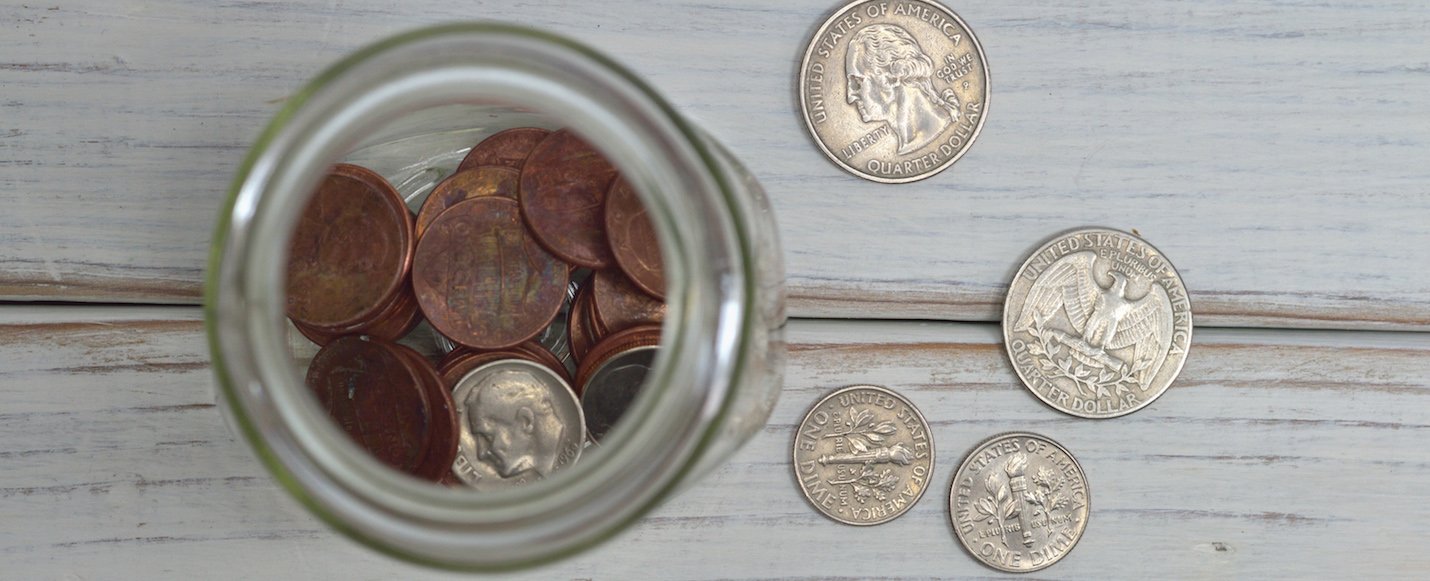
Abraham Lincoln is one of the most celebrated U.S. Presidents of all time, and for a long, long time, his face has been at the center of one of the more debated aspects of U.S. currency: the penny. Pennies are deeply embedded in the national fabric, the price structure, and piggybanks all over the world. It’s also one of the oldest advertising traps in the books: selling a $2.00 item for $1.99, hoping that the “1” fools people into thinking an item is cheaper than it is.
However, if we want to streamline our world a bit, the penny is a good place to start. Just as the Ridge wallet cuts out of the clutter in your pocket, getting rid of the penny would be a nice first step to cutting out the clutter in government, currency, and other things that get tangled up in it.

However, polls show that the vast majority of Americans support keeping pennies in circulation. But why? Is it out of nostalgia? Is nostalgia worth it? Or is it time to for the U.S. to shed those childhood trappings, and accept that having pennies around isn’t such a great idea?
To understand why the penny isn’t worth it, here’s the first problem: pennies cost more to produce than they are worth. As described on Curiosity.com, a penny costs nearly double its value to make. Sure, two cents isn’t a big deal, but is it really worth spending that much to create a coin that’s worth even less? Furthermore, penny production practices have already been revised over the year to make pennies cheaper to produce: though they were once made of pure copper, they’re now only 2.5 percent copper, and 97.5 percent zinc.
In addition to being so costly, pennies don’t serve a lot of purpose in today’s price structures. If you can find a single item in America that’s worth a single penny—much less four of them—you deserve a pat on the back, and you definitely deserve more than a penny, because those little coins are practically worthless. As pennies sink to a lower and lower worth, the sheer word has become synonymous with the idea of “nothing.” For example, if a person says they’re getting paid in pennies, it’s not a good thing.
Consider the way that the Ridge wallet helps cut down on the clutter in your life by focusing on the essentials that make a wallet a “wallet,” and cutting out the stuff that isn’t necessary. When it comes to U.S. currency, the penny isn’t just unnecessary: it’s harmful.

There’s a reason that you can’t walk down a single street without seeing a couple of pennies lying in the road. No one wants to carry them. The amount of pennies a person has to collect before they start being worth anymore isn’t worth the amount of time spent collecting them. Even if you’re keeping a piggy bank, those twenty pennies are worth only two nickels. Pennies congest out pockets, our cars, our tables, and every aspect of our lives. It’s time to cut out the noise, and ask ourselves if we really want to continue wasting our time with such a pointless form of currency.
The problem with pennies has gotten so out of control that at least one former U.S. President once commented on the matter, according to Live Science, pointing out that they waste millions of dollars. However, in light of the public’s support for the penny, one alternative solution has been proposed, which could save the U.S. $100 million a year: make pennies cheaper to produce, by using cheaper materials. After all, they’re already not really copper anymore.
While making them out of plastic would probably be the cheapest way to go, it’s argued that the public wouldn’t be so hot on the idea—it’d be lightweight to the point of feeling cheap, which experts argue would debase the currency. Instead, experts argue that a heavier material like ceramic—then using a copper skin, to retain the trademark appearance—would be better, while still cutting costs significantly.
Either way, whether we get rid of the penny or make it cheaper, it’s time to find the solution. As the Ridge wallet shows, it’s always a good idea to get to the basics, solve problems with innovation, and streamline.